Alter Table Drop Column
The ALTER TABLE DROP COLUMN command is a powerful SQL statement that allows users to remove a column from an existing table. This command is widely used in database management systems such as Oracle, MySQL, and SQL Server. In this article, we will explore the benefits of using the ALTER TABLE DROP COLUMN command, its syntax and usage, considerations before using it, step-by-step instructions, alternatives, and examples.
Benefits of using ALTER TABLE DROP COLUMN command:
1. Simplifying database structure: As your data requirements change over time, certain columns may become redundant or unnecessary. By removing these columns using the ALTER TABLE DROP COLUMN command, you can simplify your database structure, making it more efficient and easier to manage.
2. Improved performance: Dropping unused or redundant columns can lead to improved database performance. With fewer columns, the size of the table decreases, resulting in faster query execution and reduced storage requirements.
3. Enhanced data privacy: In some cases, it may be necessary to remove sensitive data from a table. By dropping a specific column using the ALTER TABLE DROP COLUMN command, you can ensure that the data is permanently deleted from your database, minimizing the risk of unauthorized access or breaches.
4. Data consistency: When you drop a column, you eliminate the need to update or maintain that data. This can help ensure data consistency and accuracy within your database.
Syntax and usage of ALTER TABLE DROP COLUMN command:
The syntax for the ALTER TABLE DROP COLUMN command varies slightly depending on the database system you are using. Here are the general steps and syntax:
ALTER TABLE table_name
DROP COLUMN column_name;
In this syntax, “table_name” refers to the name of the table from which you want to drop the column, and “column_name” is the name of the column you wish to remove. The command should be executed within a database management tool or a terminal that supports SQL.
Considerations before using ALTER TABLE DROP COLUMN command:
1. Data loss: Dropping a column deletes all the data stored in that column. Before executing the ALTER TABLE DROP COLUMN command, make sure you have a backup of the data or confirm that the data in the column is no longer needed.
2. Impact on other database objects: Removing a column may affect other database objects such as views, triggers, or stored procedures that reference the dropped column. It is crucial to review the impact of dropping a column on other related elements and to update them accordingly.
3. Dependencies: If the column you want to drop is involved in foreign key constraints or indexes, you may not be able to drop it directly. In such cases, you will need to remove or modify the dependent objects before executing the ALTER TABLE DROP COLUMN command.
Steps to use ALTER TABLE DROP COLUMN command:
1. Back up your data: Before performing any changes to your database, it is recommended to create a backup to avoid any potential data loss.
2. Analyze dependencies: Identify any constraints, indexes, or objects that are dependent on the column you wish to drop. Modify or remove these dependencies before executing the ALTER TABLE DROP COLUMN command.
3. Execute the command: Use the proper syntax and execute the ALTER TABLE DROP COLUMN command, specifying the table name and the column name you want to remove.
Alternatives to ALTER TABLE DROP COLUMN command:
1. Set column as NULL: If you want to retain the column structure but clear the data, you can update all the rows of the column and set them to NULL rather than dropping the column entirely.
2. Create a new table: Instead of dropping a column from an existing table, you can create a new table without the unwanted column and copy the required data from the original table.
3. Rename the table: Another approach is to create a new table with the desired structure, insert the data from the original table, and then rename the new table with the original name.
Examples of using ALTER TABLE DROP COLUMN command:
1. ALTER TABLE Employees
DROP COLUMN Address;
This example demonstrates how to remove the “Address” column from the “Employees” table in Oracle.
2. ALTER TABLE Customers
DROP COLUMN Email;
In this example, the “Email” column is dropped from the “Customers” table in MySQL.
3. ALTER TABLE Orders
DROP COLUMN Quantity;
This example shows the removal of the “Quantity” column from the “Orders” table using the ALTER TABLE DROP COLUMN command in SQL Server.
4. ALTER TABLE sales
DROP COLUMN Product_Code;
This example demonstrates how to remove the “Product_Code” column from the “sales” table in pandas, which is a popular data manipulation library in Python.
In conclusion, the ALTER TABLE DROP COLUMN command is a valuable tool for database administrators and developers to modify the structure and improve the performance of their databases. Before using this command, it is important to consider the potential data loss, dependencies, and alternative methods available. By following best practices and understanding the syntax and usage of this command, you can effectively remove unwanted columns from your tables and optimize your database.
Add And Delete/Drop Columns In Sql Server Table
Keywords searched by users: alter table drop column Alter table drop column Oracle, Delete column MySQL, DROP COLUMN SQL, ALTER TABLE ADD column, ADD column SQL, Drop column pandas, Drop column Python, Rename column SQL
Categories: Top 38 Alter Table Drop Column
See more here: nhanvietluanvan.com
Alter Table Drop Column Oracle
Introduction:
In Oracle Database, the ALTER TABLE statement is a powerful command that allows for modifying the structure of an existing table. One of the most frequently used variations of this command is ALTER TABLE DROP COLUMN, which enables users to remove unnecessary or redundant columns from a table. In this article, we will explore the syntax, usage, and considerations when employing ALTER TABLE DROP COLUMN in Oracle, along with addressing common FAQs associated with this operation.
I. Syntax and Usage of ALTER TABLE DROP COLUMN:
The basic syntax for the ALTER TABLE DROP COLUMN command in Oracle is as follows:
“`
ALTER TABLE table_name
DROP COLUMN column_name;
“`
Here, “table_name” represents the name of the table from which the column needs to be removed, and “column_name” denotes the name of the column to be dropped.
Considerations:
1. Before using the ALTER TABLE DROP COLUMN statement, it is crucial to ensure that no dependent objects, such as triggers, views, or procedures, rely on the column being dropped. Otherwise, these objects might become invalid or introduce unexpected side effects.
2. Whenever possible, it is advisable to take a backup of the table before performing column removal, especially when dealing with critical data. This will ensure data integrity and recovery options, if needed.
3. Dropping a column eliminates all its associated data. Ensure that the column does not hold vital or irreplaceable information before executing the command.
4. If the column being dropped is part of any indexes, it is recommended to recreate the indexes after the column removal to maintain optimal performance.
5. ALTER TABLE DROP COLUMN does not reclaim storage space directly. Instead, it marks the space as available for reuse. To physically free up the storage, consider rebuilding the table or its associated objects using associated commands like “ALTER TABLE … MOVE” or “ALTER TABLESPACE … COALESCE.”
II. Frequently Asked Questions (FAQs):
Q1. Can I drop multiple columns using a single ALTER TABLE statement?
Yes, it is possible to drop multiple columns simultaneously. Simply list all the desired column names within the ALTER TABLE DROP COLUMN command, separated by commas. For example, `ALTER TABLE table_name DROP (column1, column2, column3);` will remove all three specified columns from the table.
Q2. What happens to the data contained in the dropped column?
When a column is dropped, all of its associated data is permanently eliminated from the table.
Q3. Can a dropped column be recovered or restored?
Once a column is dropped, it cannot be recovered directly. Therefore, it is crucial to back up important data before performing such an operation. However, if a backup exists, the column’s data can potentially be restored by restoring the backup and reapplying the dropped column.
Q4. Are there restrictions on dropping columns that participate in constraints?
Yes, dropping a column that participates in a constraint, such as a PRIMARY KEY, UNIQUE, or FOREIGN KEY constraint, is restricted. To drop such a column, the related constraint(s) must be dropped first.
Q5. What are some alternative methods to dropping a column?
If you no longer need a column but wish to preserve data, you can rename the column using the ALTER TABLE RENAME COLUMN statement. Additionally, you can make use of the Oracle Flashback features to recover the dropped data or utilize an Oracle Flashback Data Archive.
Q6. How can I check if a column has been dropped successfully?
You can verify whether a column has been dropped successfully by querying the table’s metadata using the DESCRIBE command or querying the ALL_TAB_COLUMNS view.
Q7. Is it possible to drop a column that has dependent objects?
No, it is not possible to directly drop a column that is referenced by dependent objects. To perform the operation, dependent objects must be modified or removed first.
Q8. Can I drop a column from a table without impacting its indexes?
Dropping a column will inherently disable any non-functional indexes dependent on it. After the column is dropped, it is advised to recreate the indexes to maintain optimal performance.
Conclusion:
The ALTER TABLE DROP COLUMN statement in Oracle provides a flexible means to remove unnecessary or redundant columns from existing tables. This article has covered the syntax, considerations, and common queries related to this operation. By understanding these aspects, database administrators can confidently utilize ALTER TABLE DROP COLUMN to refine table structures, improve data organization, and optimize performance in Oracle Database.
Delete Column Mysql
In the world of database management systems, MySQL stands tall as one of the most widely-used and powerful open-source options. With its robust features and high scalability, it is a go-to choice for many developers and administrators. One essential task in managing databases is deleting a column, and in this article, we will delve into the intricacies of the delete column feature in MySQL.
Deleting a column in MySQL requires careful consideration and understanding, as it can have an impact on data integrity and the overall structure of your database. Whether you are a seasoned MySQL user or a novice, this article will provide you with a comprehensive understanding of how to delete a column effectively.
Understanding the ALTER TABLE Statement
The ALTER TABLE statement is a fundamental component of MySQL that is used to modify existing table structures. It is a versatile command that enables you to add, modify, or delete columns from a table. When it comes to deleting a column, the ALTER TABLE statement offers several options to cater to different scenarios.
Deleting a Column
The simplest method of deleting a column is using the DROP COLUMN clause within the ALTER TABLE statement. Here’s an example of the syntax:
“`
ALTER TABLE table_name
DROP COLUMN column_name;
“`
In the above syntax, `table_name` represents the name of the table containing the column you wish to delete, and `column_name` denotes the specific column you want to remove. Remember to replace these placeholders with the actual names of your table and column.
It’s essential to exercise caution while deleting a column, as you will permanently lose all data stored in that column. Be sure to take appropriate backups and verify that you are deleting the correct column to avoid any irreversible consequences.
Handling Dependencies
Deleting a column may not always be straightforward, especially if the column is referenced by foreign keys or has dependencies with other elements in your database. MySQL provides options to handle such scenarios to ensure data integrity is maintained.
One option is to modify the table’s foreign keys before deleting the column. By using the MODIFY or DROP FOREIGN KEY clauses within the ALTER TABLE statement, you can safely remove the references to the column before executing the delete operation.
Alternatively, if you want to keep the existing foreign keys intact but avoid breaking dependencies, you can temporarily disable foreign key checks using the following command:
“`
SET FOREIGN_KEY_CHECKS = 0;
“`
Remember to re-enable foreign key checks after completing the delete column operation to ensure data integrity:
“`
SET FOREIGN_KEY_CHECKS = 1;
“`
FAQs
Q: Can I delete more than one column at once?
A: Yes, you can delete multiple columns in a single ALTER TABLE statement by separating the column names with commas. For example, `DROP COLUMN column1, column2`.
Q: Does deleting a column affect the existing data in other columns?
A: No, deleting a column does not affect the data stored in other columns of the table.
Q: How can I verify that a column has been successfully deleted?
A: You can use the DESC statement to check the table’s structure in MySQL. After deleting the column, the specified column name should no longer appear in the result.
Q: Are there any alternatives to the ALTER TABLE statement for deleting a column?
A: Yes, other methods such as using the ALTER TABLE … MODIFY statement or the Workbench GUI can also be used to delete a column, but the DROP COLUMN clause within ALTER TABLE is the most commonly employed method.
Q: Is it possible to retrieve a deleted column and its associated data?
A: Unfortunately, once a column is deleted, the data stored within it is permanently lost. It is essential to take appropriate backups before performing any deletions.
In conclusion, the ability to delete a column is a crucial aspect of managing MySQL databases. By utilizing the ALTER TABLE statement with the DROP COLUMN clause, you can remove unwanted columns safely. However, it is imperative to understand the potential consequences and take suitable precautions to maintain data integrity. With the knowledge gained from this article, you can confidently handle column deletions in MySQL and ensure the smooth operation of your database systems.
Images related to the topic alter table drop column

Found 21 images related to alter table drop column theme
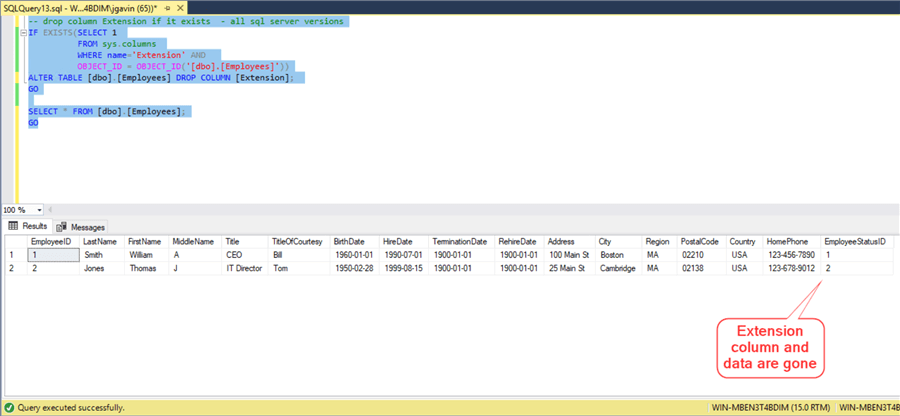
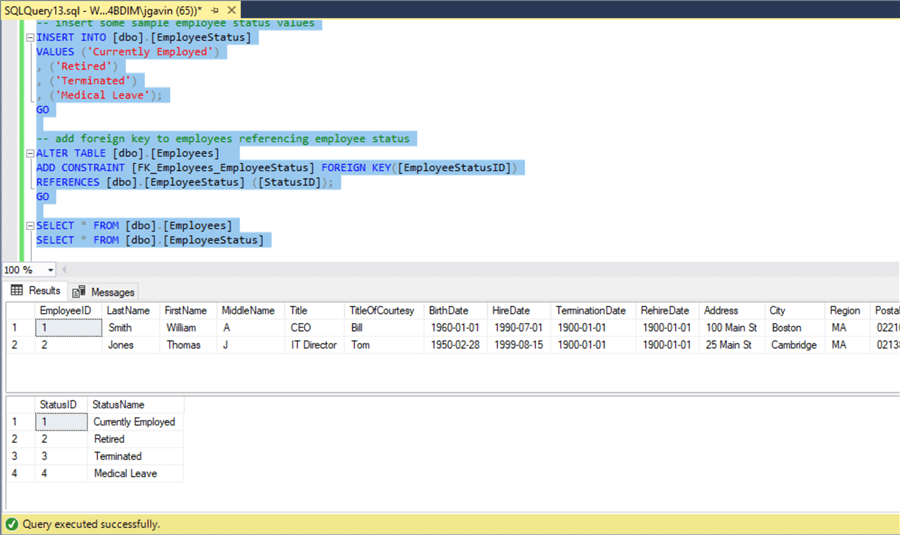
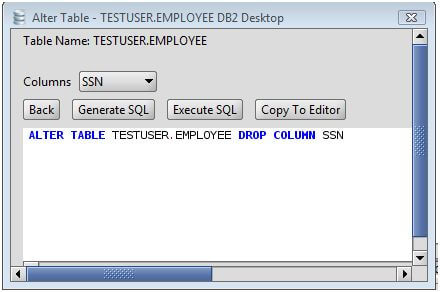
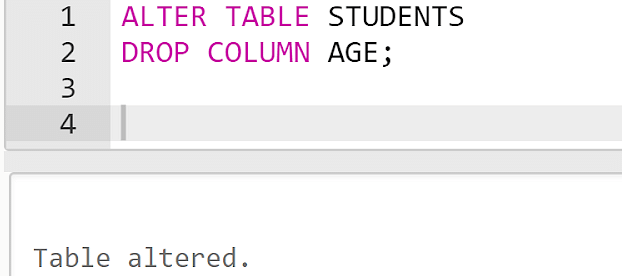

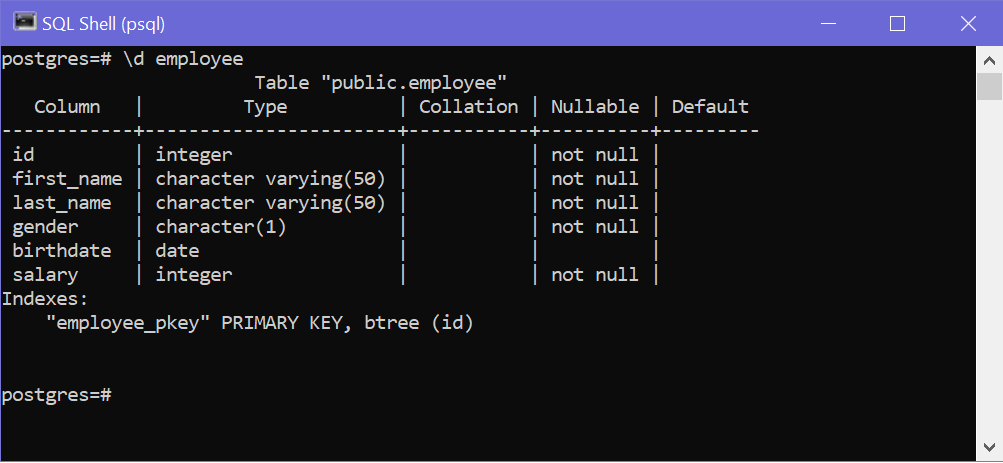
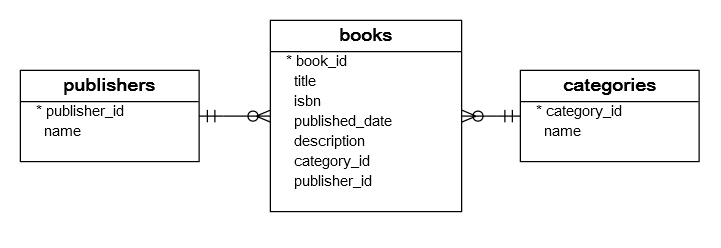




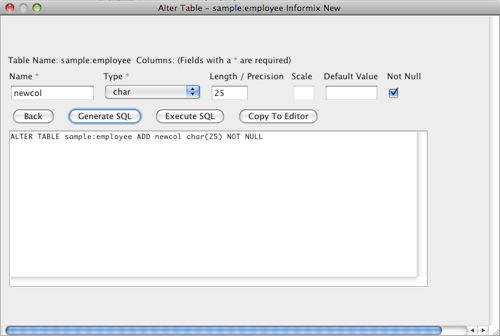


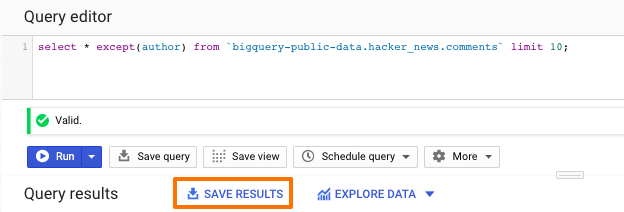





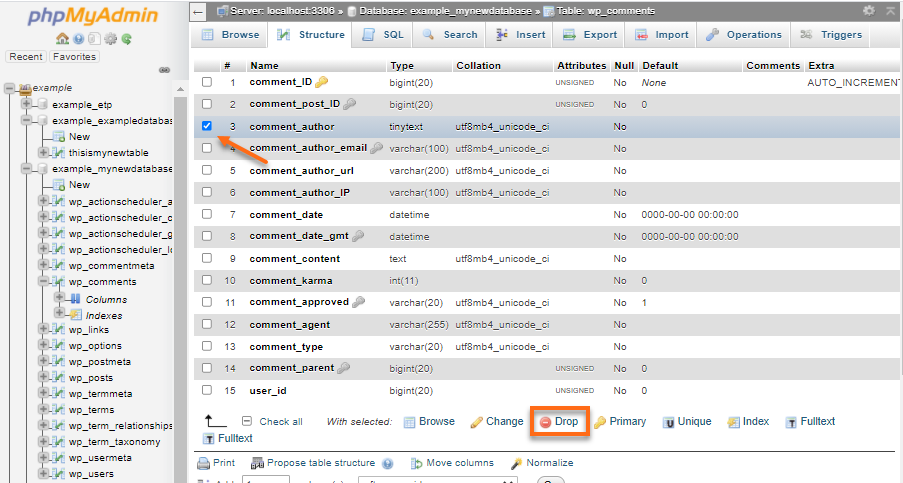


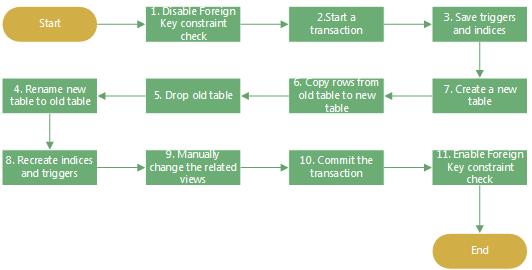

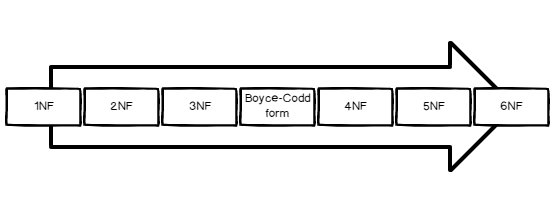

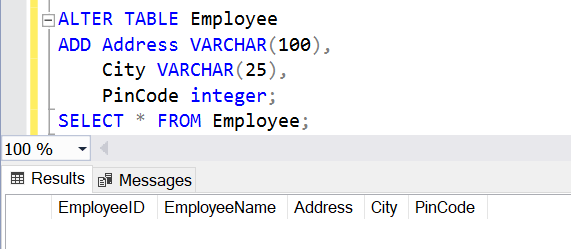
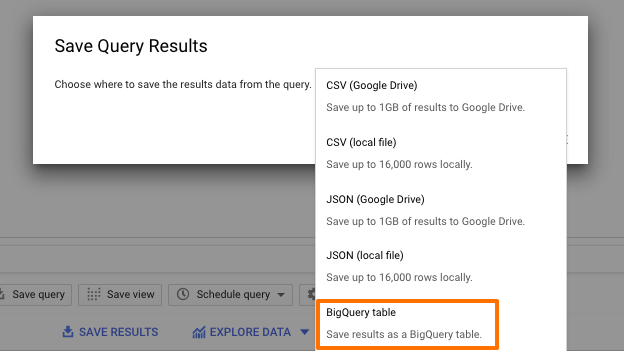
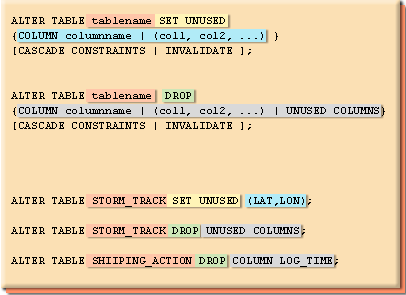

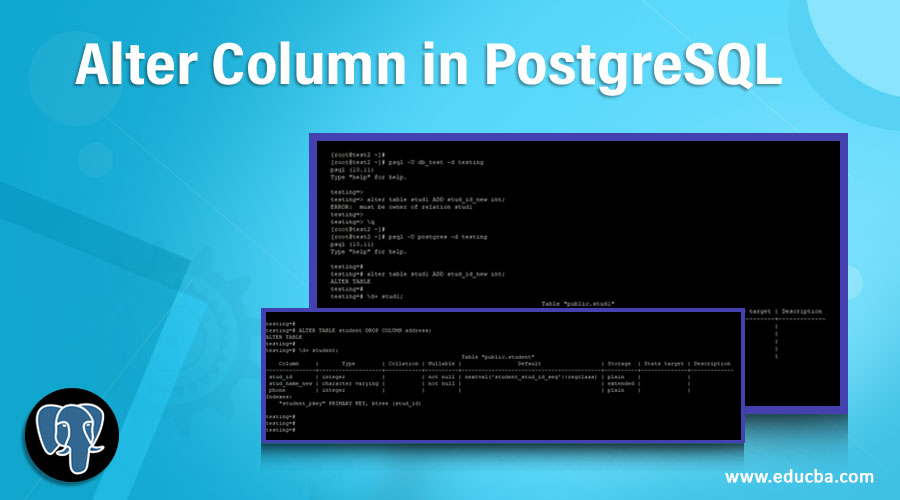
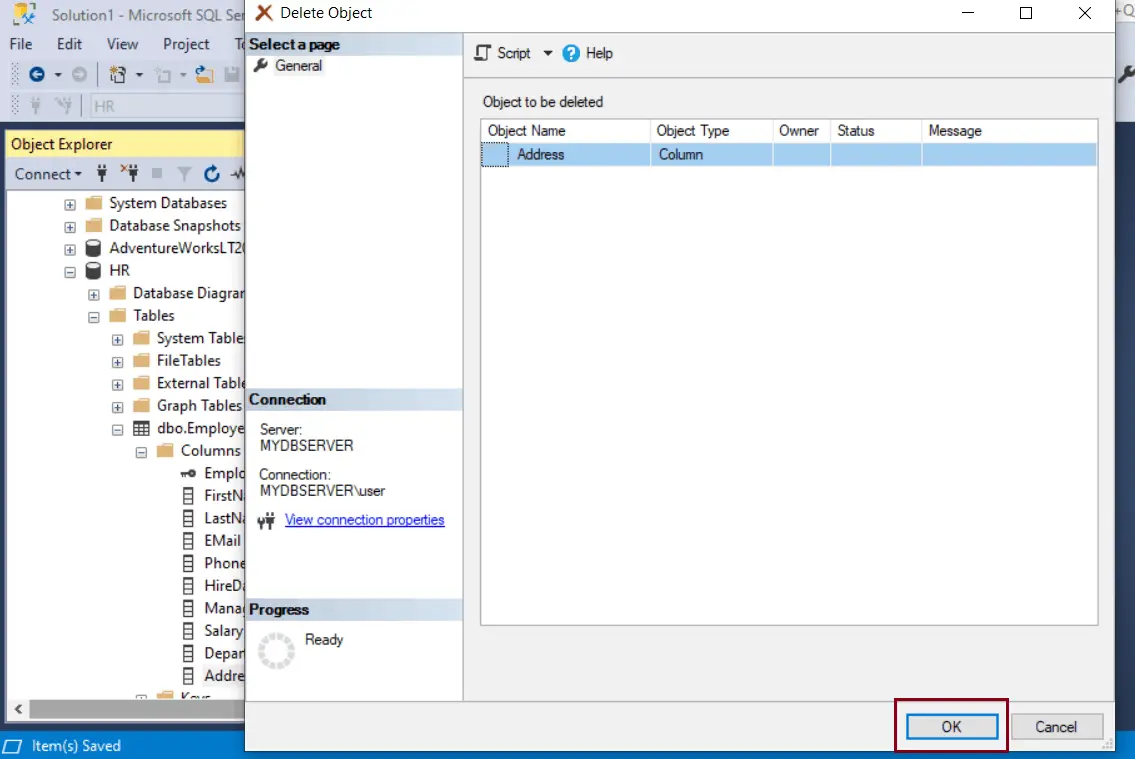

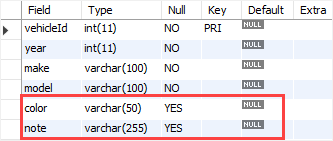
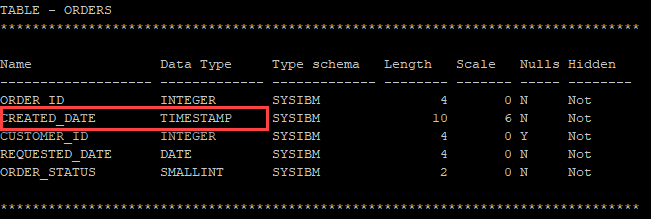




![Oracle ALTER TABLE Command: Complete Guide [2023] Oracle Alter Table Command: Complete Guide [2023]](https://blog.devart.com/wp-content/uploads/2021/09/edit-oracle-table-1024x786-1-1024x786.png)






Article link: alter table drop column.
Learn more about the topic alter table drop column.
- SQL DROP COLUMN – W3Schools
- How to Delete a Column in SQL | LearnSQL.com
- SQL Server ALTER TABLE DROP COLUMN
- Delete columns from a table – SQL Server | Microsoft Learn
- SQL Server: Delete Columns of a Table – TutorialsTeacher
- MySQL: ALTER TABLE Statement – TechOnTheNet
- How to drop column from table using MySQL DROP COLUMN
- Remove One or More Columns of a Table – PostgreSQL Tutorial
- [SQL] Drop Column Statement – CodeLearn
- Adding and dropping columns – IBM